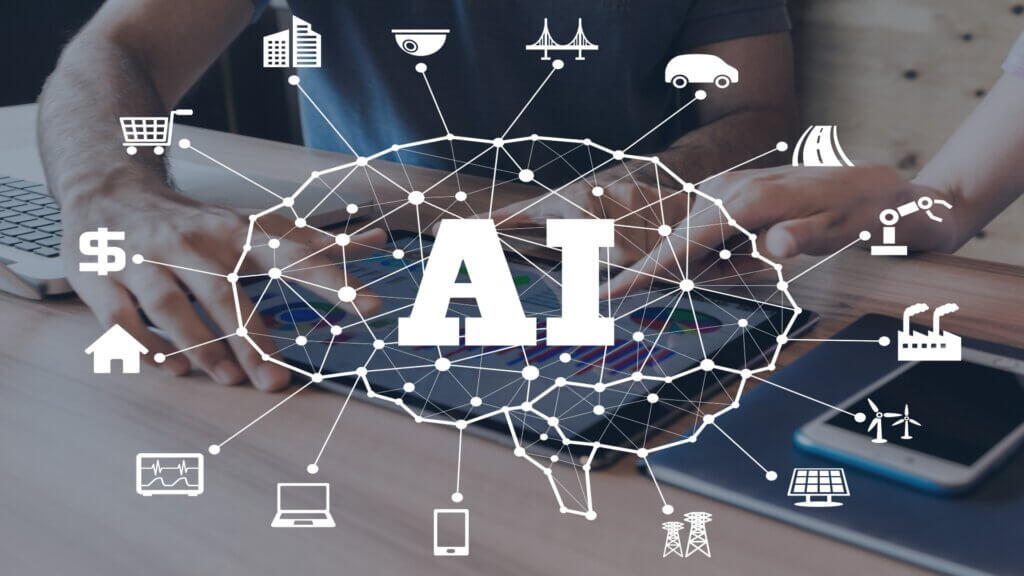China has emerged as a leading force in the adoption and implementation of artificial intelligence (AI) in various sectors. With its immense potential to automate processes, enhance decision-making, and produce art, AI has become a focal point of development and innovation within China, and has been aiding in wide-ranging sectors of life in China.
As of 2021, China had already filed the most AI-related patent applications globally, highlighting the country’s commitment to harnessing the power of this adaptable new technology. This article aims to provide some insight into the surprising ways China is using AI on a large scale.
Legal System
One notable area where China is using AI is in its legal system. With the aim of streamlining legal proceedings, Chinese courts have increasingly turned to AI technologies to assist in making legal decisions.
The city of Hangzhou, located south of Shanghai, made headlines in 2019 when it introduced an AI program called Xiao Zhi 3.0, also known as “Little Wisdom.” Initially used to handle repetitive tasks such as announcing court procedures during hearings, Xiao Zhi 3.0 quickly expanded its capabilities.
Xiao Zhi 3.0 now assists in recording testimony using voice recognition, analysing case materials, and verifying information from databases in real time. In a trial involving ten individuals who had failed to repay bank loans, Xiao Zhi 3.0 resolved all the cases in a single hearing with one judge, delivering a decision within just 30 minutes.
Such efficiency has been beneficial for cases involving simple financial disputes and organising debt, as well as traffic accident disputes in Suzhou, where AI was used to examine evidence and write verdicts, thereby saving judges’ time.
Another noteworthy AI platform employed in China’s legal system is the Xiao Baogong Intelligent Sentencing Prediction System. This system suggests penalties based on big data analysis of case information and prior judgments from similar cases, providing judges and prosecutors with valuable insights for criminal law proceedings. The goal is to ensure uniformity in criminal justice across different regions of China.
While AI integration in the legal system has its advantages, it also raises ethical concerns. Zhiyu Li, an assistant professor in law and policy at Durham University, points out that relying on AI for complex legal decisions might lead to a perception that AI-based judgments are more credible than human judgments.
Navy and Military
The use of AI is not limited to the legal system in China. The country’s military has also embraced AI for various purposes, including warship design. Researchers claim to have employed an AI program to design the electrical system of a warship in just one day, a task that would typically take a team of humans almost a year to complete.
The program exhibited 100% accuracy in solving complex design problems and navigating over 400 challenging design tasks. These findings have significant implications for China’s shipbuilding industry, potentially boosting the speed of warship manufacturing.
China’s accelerated development of its naval fleet has caught the attention of the international community. This naval fleet, which now surpasses that of the United States in terms of sheer size, is expanding at a rapid pace.
According to Navy Secretary Carlos Del Toro, China’s People’s Liberation Army Navy currently has approximately 340 ships, compared to the US Navy’s fleet of less than 300 ships. Del Toro further highlighted China’s plan to field a fleet of 440 ships by 2030, far outstripping the Pentagon’s goals.
China’s new use of AI to speed up its military designs could lead to this gap widening even more. By using AI to design its military vehicles and equipment at 300x the speed of a team of humans, China could be looking at a dramatic rate of military development.
Culture
The realm of AI-generated art has also seen significant progress in China. Chinese video game companies, ranging from tech giants like Tencent to indie developers, have started utilising these AI programs to design video game characters, backdrops, and promotional materials from detailed text prompts.
The rise of AI art has raised concerns among artists in the video game industry, who fear that their jobs may be at risk due to the high quality of AI-generated artwork. Chinese tech giants like Tencent and NetEase, which own large video game publishing divisions, have been actively exploring ways to leverage artificial intelligence to reduce game development costs.
These companies have invested in AI programs that can generate game assets, such as character skins and voices, to streamline the creative process, reducing the need for artists. The rapid advancement of AI in the art generation has left many feeling disheartened and concerned about their livelihoods.
Following a widely-reported criminal investigation involving a voice actor, gaming companies miHoYo and NetEase turned to AI to generate the voices of the affected characters. This reduces employment opportunities for voice actors, leading to concerns that they will be replaced by AI in the near future.





























